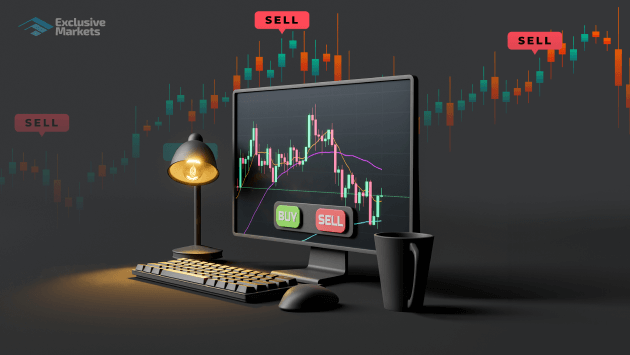
The Ultimate Guide to Forex Trading: Strategies and Insights
Forex trading, or foreign exchange trading, is one of the most dynamic and engaging forms of trading available in the financial markets. It involves exchanging different currencies at predicted rates of exchange, allowing traders to profit from price fluctuations. If you’re looking to dive into the world of Forex trading, it’s essential to equip yourself with the right knowledge and strategies. In this guide, we will cover various aspects of Forex trading, including market analysis, trading strategies, risk management, and the importance of choosing the right trading broker like trading forex Trading Broker ID.
Understanding the Forex Market
The Forex market is the largest financial market in the world, with an average daily trading volume exceeding $6 trillion. Unlike stock markets, the Forex market operates 24 hours a day, five days a week, enabling traders from all around the world to participate at their convenience. The main currency pairs traded in the Forex market include major pairs like EUR/USD, USD/JPY, and GBP/USD, as well as minor and exotic pairs.
How Forex Trading Works
Forex trading involves trading currency pairs, which consist of a base currency and a quote currency. For example, in the currency pair EUR/USD, the euro is the base currency and the US dollar is the quote currency. When you buy the EUR/USD pair, you are buying euros and selling US dollars simultaneously. Your goal is to predict whether the price of the base currency will rise or fall against the quote currency.
Types of Analysis in Forex Trading
Successful Forex trading relies heavily on market analysis. There are three primary types of analysis that traders use to make educated trading decisions:
1. Fundamental Analysis
Fundamental analysis examines economic indicators, news events, and geopolitical conditions to assess the value of currencies. Key factors include interest rates, inflation rates, GDP growth, and employment figures.
2. Technical Analysis
Technical analysis focuses on price movements and historical data to forecast future price movements. It uses various tools and indicators, such as moving averages, trend lines, and candlestick patterns, to identify potential entry and exit points.
3. Sentimental Analysis

Sentimental analysis evaluates the market sentiment, which represents the overall attitude of traders toward a specific currency pair. Understanding whether the market is bullish (optimistic) or bearish (pessimistic) can help traders make better decisions.
Developing a Trading Strategy
A well-defined trading strategy is crucial for success in Forex trading. A strategy outlines your approach to trading, including the following components:
1. Trading Goals
Determine your financial goals and risk tolerance. Are you looking for short-term gains or long-term investments? Understanding your objectives will guide your trading decisions.
2. Choosing a Trading Style
There are several trading styles, including scalping, day trading, swing trading, and position trading. Each style has its unique characteristics and requirements. Choose a style that aligns with your goals and lifestyle.
3. Risk Management
Risk management involves using various techniques to protect your capital. Set stop-loss and take-profit orders to automate your trades, and determine the appropriate position size based on your account balance and risk tolerance.
Risk Management in Forex Trading
Understanding and managing risk is fundamental to achieving long-term success in Forex trading. Here are essential risk management strategies:
1. Use Stop-Loss Orders
Stop-loss orders automatically close a trade at a specified price to limit your losses. They are essential for protecting your capital and managing risks effectively.

2. Diversification
Avoid putting all your capital into a single currency pair. By diversifying your portfolio, you can spread risk across different assets and reduce the impact of any single loss.
3. Maintain a Trading Journal
Keeping a trading journal helps track your trades, strategies, and outcomes. Analyzing your past trades can help identify patterns, mistakes, and areas for improvement.
Choosing the Right Forex Trading Broker
When entering the Forex market, selecting a reliable broker is crucial. Here are factors to consider when choosing a Forex broker:
1. Regulation and Security
Ensure that the broker is regulated by a reputable financial authority. Regulatory oversight provides an additional layer of security for your funds.
2. Trading Platform
The trading platform should be user-friendly and equipped with necessary tools and features for technical and fundamental analysis. It should also provide fast order execution and reliable customer support.
3. Spreads and Fees
Compare spreads and commission fees among various brokers. Lower costs translate to higher profitability, especially for active traders.
Conclusion
Forex trading can be both rewarding and challenging. By understanding the market, developing effective trading strategies, managing risks, and choosing the right broker, you can increase your chances of success in this dynamic marketplace. Remember to keep learning, stay disciplined, and adapt your strategies as the market evolves.